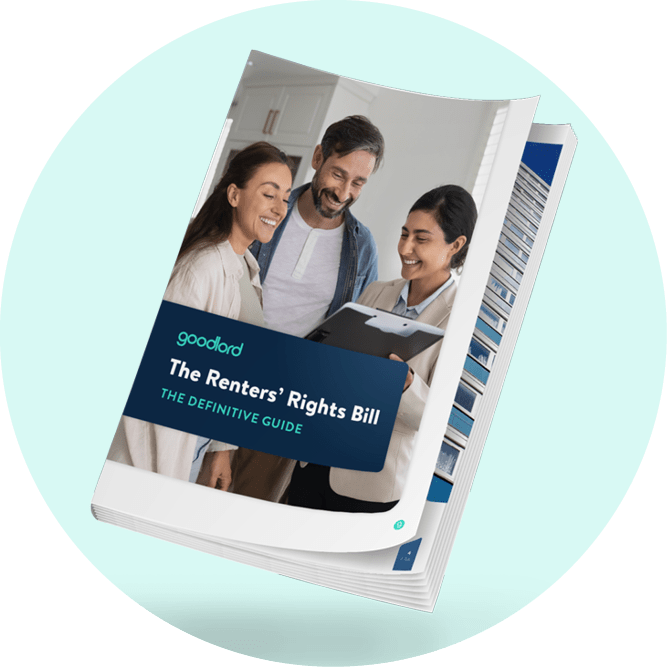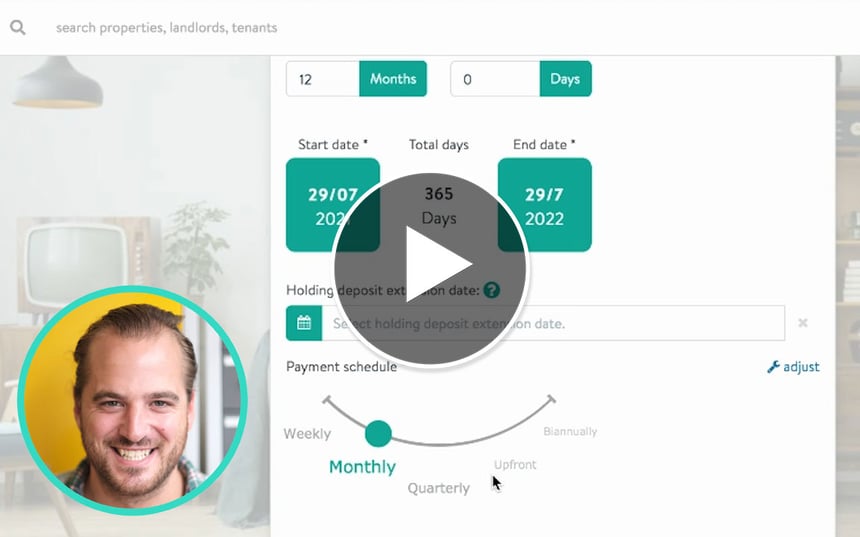Your guide to the Coronavirus Job Retention Scheme
All UK employers can take advantage of the Coronavirus Job Retention Scheme, and claim up to 80% of employees’ wages when they’ve been furloughed due to coronavirus (COVID-19).
This article was last updated on 1 June 2020. Although we endeavour to keep our coronavirus (COVID-19) content as up to date as possible, the situation is rapidly changing, so please ensure you refer to gov.uk for the latest advice and information.
The government is making changes to the Coronavirus Job Retention Scheme. From 1 July 2020, businesses can bring back furloughed employees on a part-time basis. From August 2020, the level of government grant provided through the will be slowly tapered. That means that for June and July the government will continue to pay 80% of people’s salaries. In the following months, businesses will be asked to contribute a "modest share" of their employees' wages. The scheme will close to new entrants on 30 June, with the last three-week furloughs before that point commencing on 10 June.
Changes month by month
Here's what the changes to the scheme will look like month by month, until October when the scheme ends:
June and July: The government will pay 80% of wages up to a cap of £2,500 as well as employer National Insurance and pension contributions. Employers are not required to pay anything.
August: The government will pay 80% of wages up to a cap of £2,500. Employers will pay National Insurance and pension contributions..
September: The government will pay 70% of wages up to a cap of £2,187.50. Employers will pay employer National Insurance and pension contributions and 10% of wages to make up 80% total up to a cap of £2,500.
October: The government will pay 60% of wages up to a cap of £1,875. Employers will pay employer National Insurance and pension contributions and 20% of wages to make up 80% total up to a cap of £2,500.
Who can claim
Any UK organisation with employees can apply, as long as they have created and started a PAYE payroll scheme on or before 19 March 2020 and have a UK bank account. The scheme will close to new entrants on 30 June, with the last three-week furloughs before that point commencing on 10 June.
Who you can claim for
You can only claim wages for furloughed employees. Furloughed employees must have been on your PAYE payroll on 1 March 2020. They can be on any type of contract.
Employees can be furloughed for a minimum of three weeks. They can’t undertake work for or on behalf of your business while furloughed, which includes providing any services or generating revenue. You won’t be able to claim for employees who are working on reduced hours or for reduced pay.
You should discuss with your staff and make any changes to the employment contract by agreement. You’ll need to write to employees to confirm that they have been furloughed and keep a record of this.
What you can claim
You’ll be able to claim for 80% of furloughed employees’ usual monthly wage costs, up to £2,500 a month, plus the associated Employer National Insurance contributions and minimum automatic enrolment employer pension contributions on that wage until August.
Claims will cover at least three months’ of furloughed employees’ wages from 1 March 2020 and can be backdated if applicable. From August 2020, the level of government grant provided through the will be slowly tapered.
When you can claim
You can now claim through the portal on gov.uk. To make a claim, you will need:
- to be registered for PAYE online
- your UK bank account number and sort code
- your employer PAYE scheme reference number
- the number of employees being furloughed
- each employee’s National Insurance number
- each employee’s payroll or employee number
- the start date and end date of the claim
- the full amount you’re claiming for including employer National Insurance contributions and employer minimum pension contributions
- your phone number
You will also need to provide either:
- your Corporation Tax unique taxpayer reference
- your Self Assessment unique taxpayer reference
- your company registration number
You'll need to provide additional information if you're claiming for more than 100 employees.
This article is based on the government’s guidance for employers on the coronavirus (COVID-19) Job Retention Scheme. It is intended as a guide only, is not exhaustive, and should not be considered legal advice. For more information, visit gov.uk.









